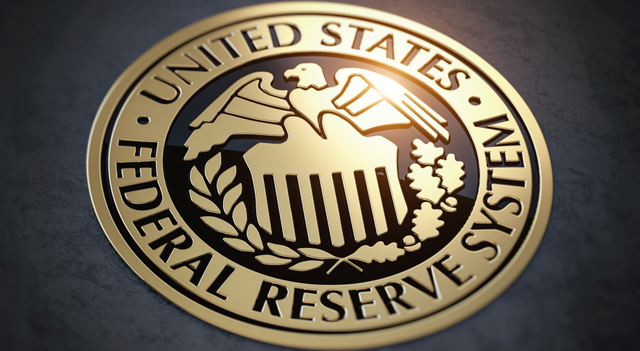The Federal Open Market Committee (FOMC) kept interest rates unchanged in the range between 5.25% and 5.50% this Wednesday, in line with investor consensus, still giving no indication of when an expected cycle of cuts will begin, but removing from his text a section that had been alluding to possible new interest rate hikes in the American economy for some time.
Although around half of the market is betting on the chances of a slight drop of 25 basis points in interest rates at the next meeting, in March, the FOMC did not give any signs in this regard in the statement released with the decision. The collegiate also indicated that it believes that it “does not expect it to be appropriate” to reduce the target rate until it has gained greater confidence that inflation is advancing sustainably towards the target pursued, of 2.0%.
The previous statement, dated December 13, established conditions under which the FOMC would consider “the extent of any additional tightening” of monetary policy – a mention that ended up being excluded at this Wednesday’s meeting.
The collegiate also pointed out, in the document, that inflation registered relief over the last year, although it remains “high”. According to the statement, FOMC authorities remain “highly attentive” to inflationary risks. In the committee’s reading, job creation has moderated since the beginning of 2023, although it remains strong.
Also according to the collegiate, the risks to achieving the autarchy’s monetary policy objectives – employment and inflation – “are evolving towards a better balance”. “In considering any adjustments to the target rate for the Fed Funds, the committee will carefully evaluate the data received, the evolving outlook, and the balance of risks.”
It was the fourth consecutive time that the Fed kept interest rates unchanged and the fifth since the beginning of this monetary tightening cycle in March 2022. It is also the longest tightening cycle since 1980, when the Fed manufactured a recession to control inflation In the USA. The interest rate is at its highest level since 2001.
Today’s FOMC decision was “unanimous.”
Fed’s Powell downplays interest rate cut prospects in March; markets collapse
Federal Reserve President Jerome Powell strongly downplayed this afternoon the chances of an interest rate cut at the March Federal Open Market Committee (FOMC) meeting, in a speech that contrasts with the view of many investors regarding monetary relief already in the future. first quarter.
At a press conference following the FOMC’s latest rate decision, the Fed chairman pointed out that, based on this afternoon’s meeting, the committee will likely keep the Fed Funds target rate unchanged at its next meeting. According to him, an interest rate cut in March is not the collegiate’s “base scenario” today.
According to Powell, the FOMC should not have “enough confidence” to resort to an interest rate cut in the Fed Funds target rate until the next meeting. He reiterated, at various times during the press conference, that it is first necessary to “gain more confidence” in the disinflation process reported by economic activity.
According to him, the recent reported inflation data is “welcome”. However, “more trust” is needed. In its reading, the central bank has observed six months of good disinflation data so far, and remains confident that price pressures are heading towards the target pursued by the central bank, of 2.0%.
Powell also noted – in line with the statement – that inflation reduced notably throughout 2023, although it remains above the target. He ruled out projecting how many months it would take with good inflation data before there was comfort in cutting interest rates.
However, the Fed chairman acknowledged that it will “certainly be appropriate” to cut interest rates at some point this year. He warned, however, that the FOMC is prepared to maintain the current interest rate for longer, if necessary.
Powell acknowledged, in his speech, the risks he faces: on the one hand, reducing monetary restrictions too soon could reverse the disinflation progress observed so far. On the other hand, reducing interest rates late could unduly weaken economic activity.
Asked whether the Fed has achieved a “soft landing” for the US economy, Powell said it has not yet, and that Fed officials still have a long way to go. He also said at the press conference that the directors presented, at this month’s meeting, discussions about a possible end to the process of reducing the balance sheet.
According to him, the process of reducing the balance sheet “has been going very well”, and the central bank is moving towards a moment in which the focus begins to turn to the end of the measure. Although discussions are still “early in the process,” Powell believes officials will expand conversations at the March meeting.
